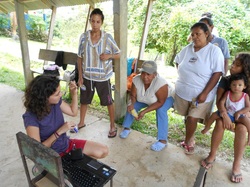One of my favorite types of humpback whale groups to see in the breeding area are the competitive groups (also called surface active groups, or rowdy groups). Typically these groups have one female, and the rest are males who are competing to mate with the female. This year we have seen MANY competitive groups, usually at least one every day. Most have been around 6-8 whales, but we have also had some larger groups, the largest was just a few days ago with 15 whales!
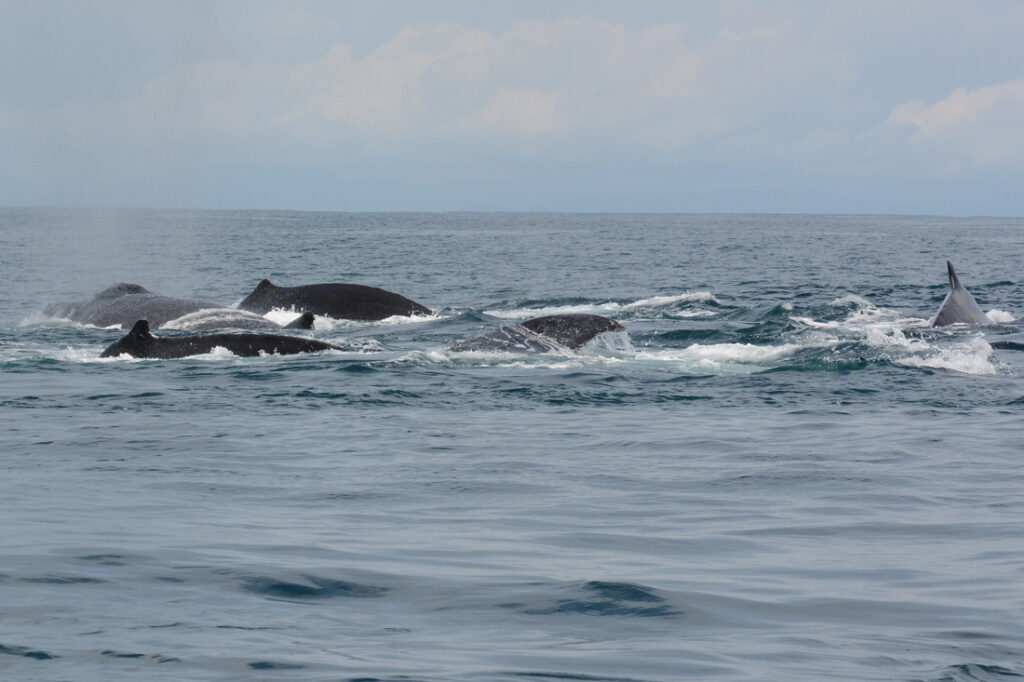
The whales get very aggressive with each other, and often you see blood on their bodies. Although very rare, there have been reported cases of whales dying
during these aggressive encounters.
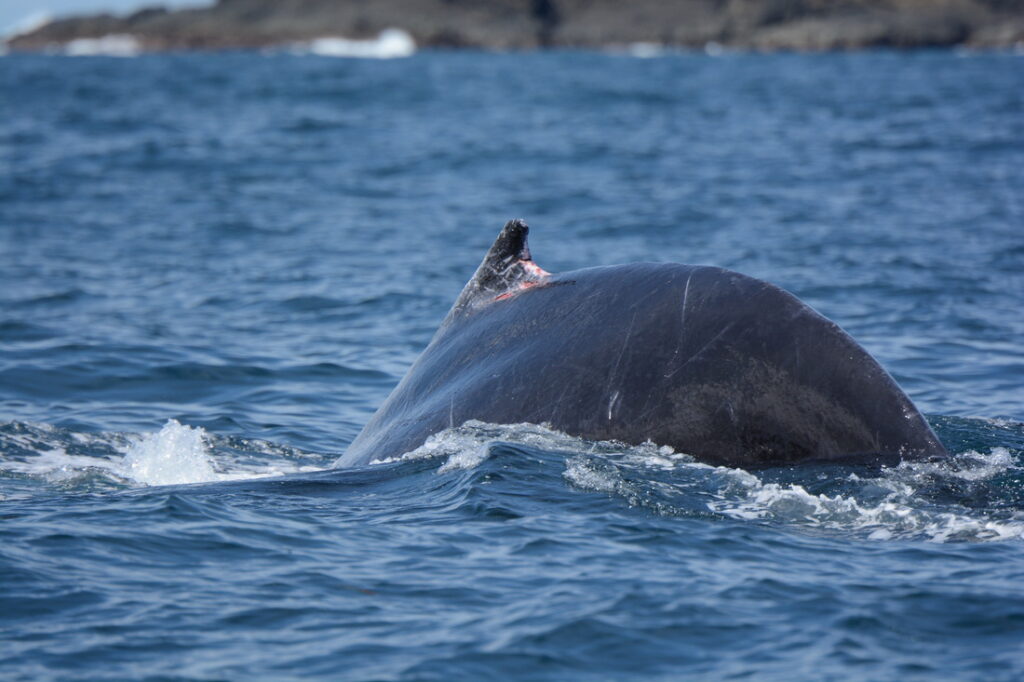
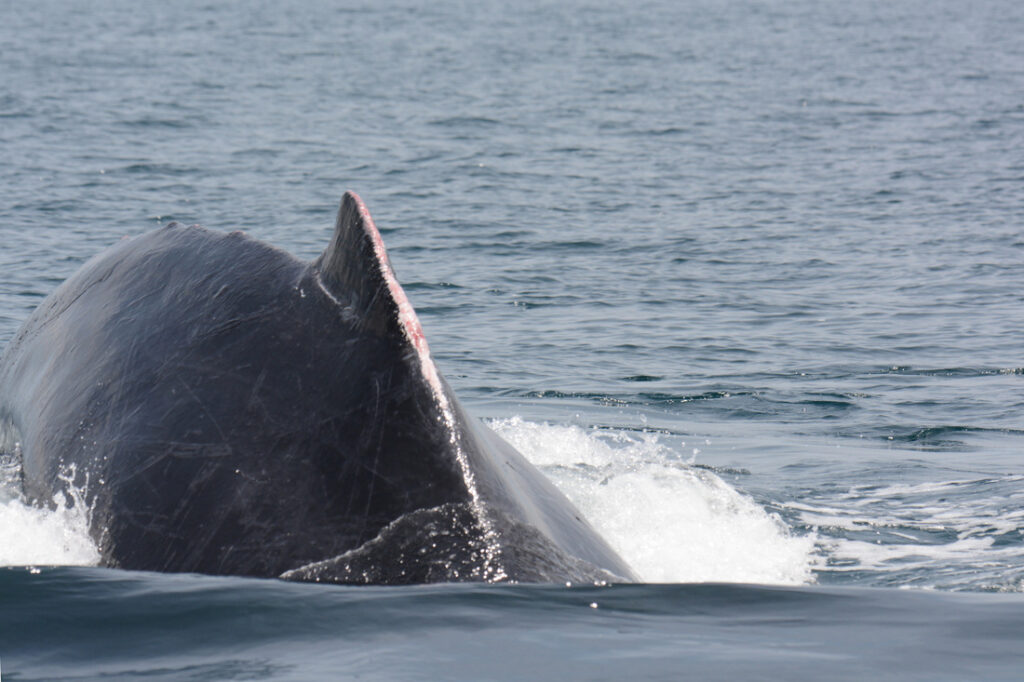
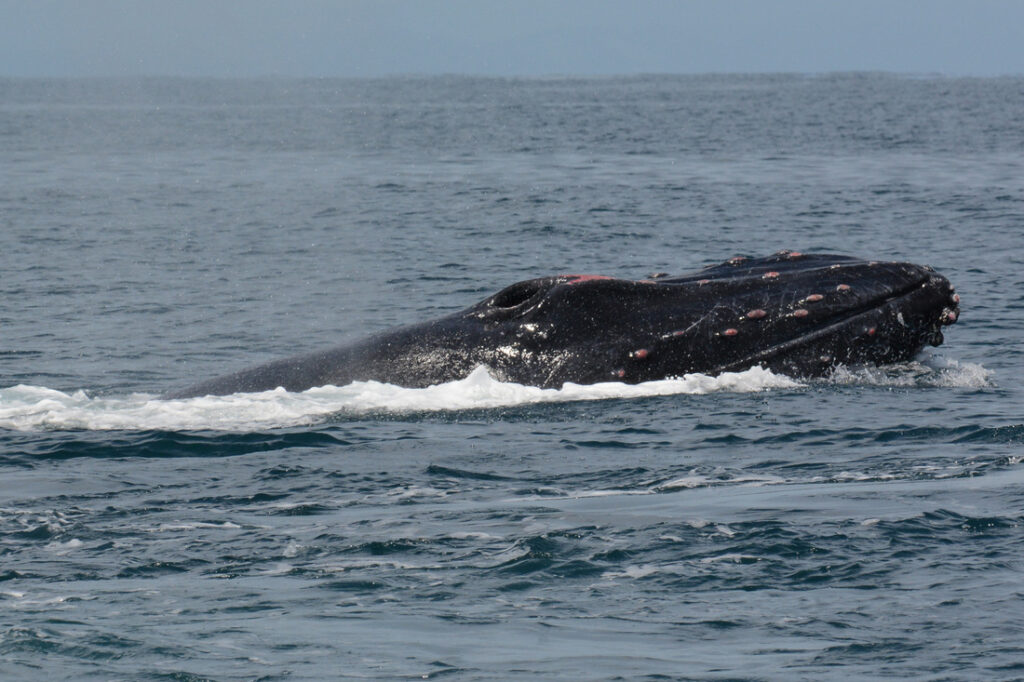
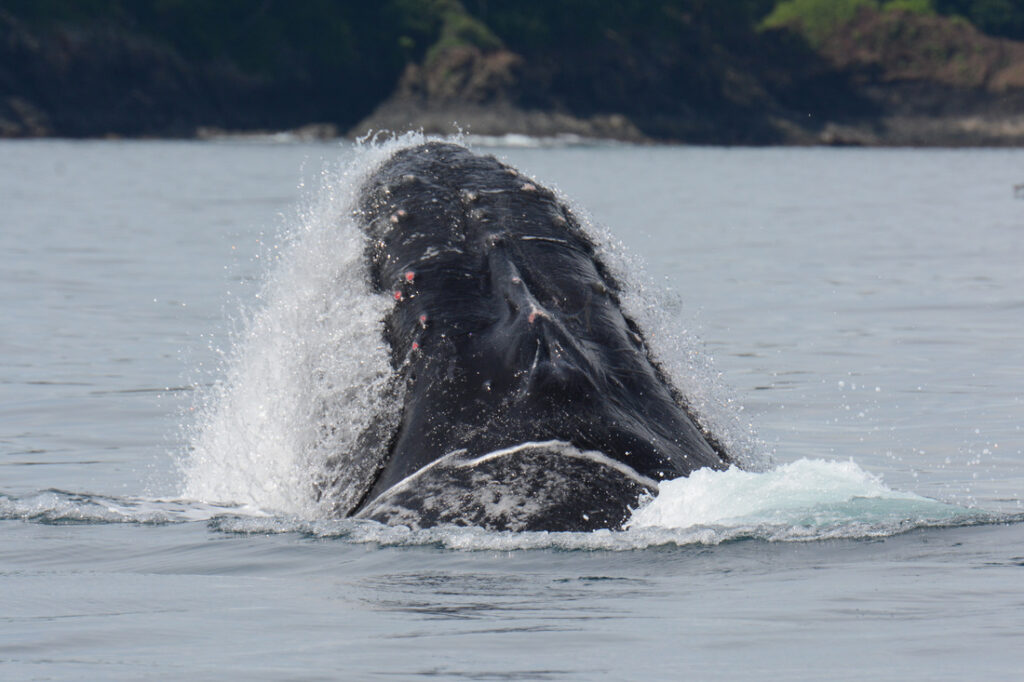
These sightings always have lots of action, and the whales surface more often than other group types, making them easier to follow.
We are in our last days of field work. It will be hard to leave as the whales are still plentiful and we are collecting lots of good data. Look for our final few posts in the next week.

